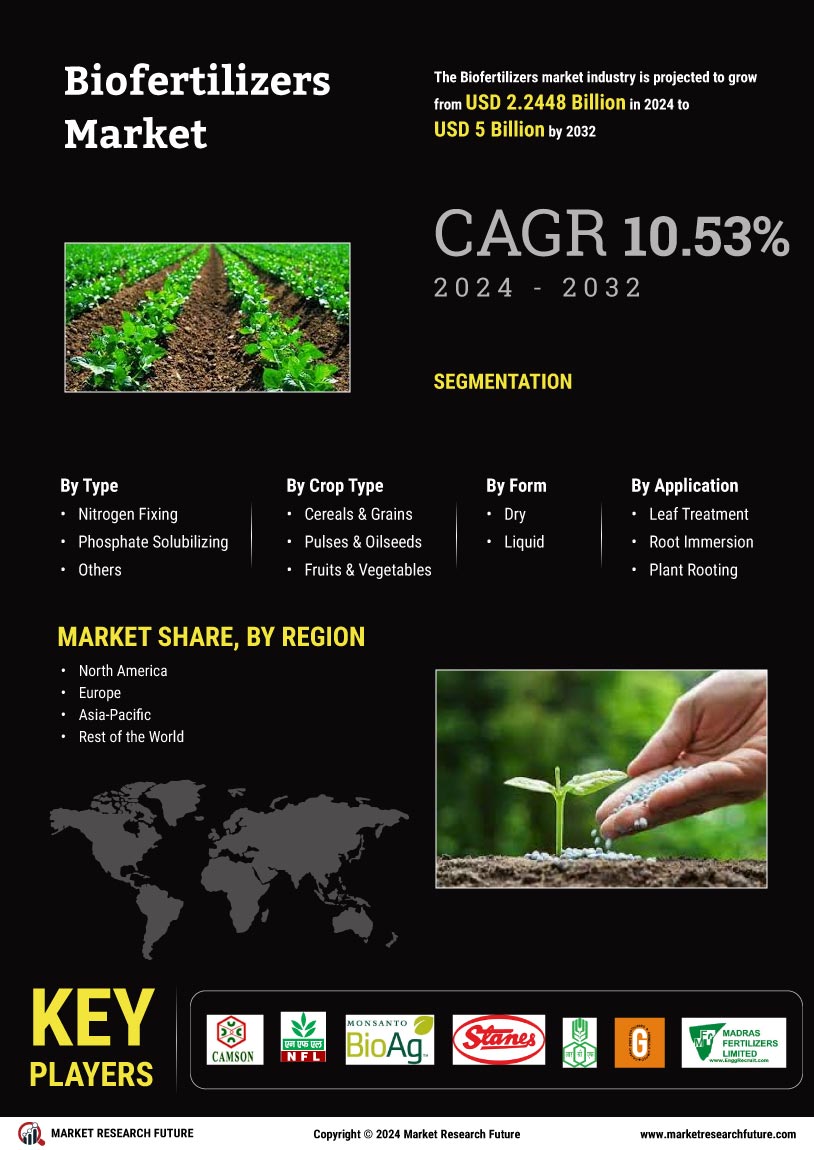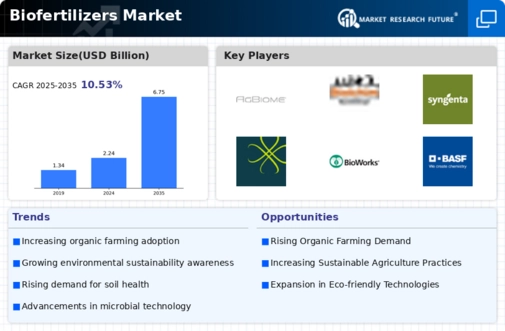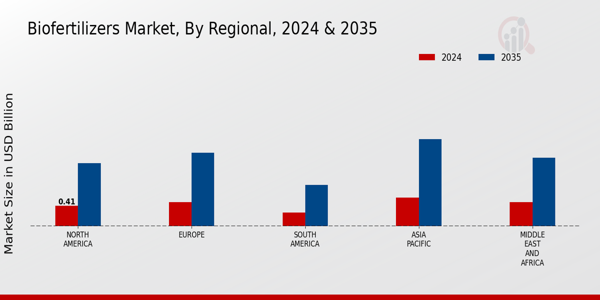The competitive insights of the Biofertilizers Market reveal a rapidly evolving landscape where environmental sustainability and organic farming practices are driving innovation and growth. As agriculture faces increasing challenges related to soil fertility, climate change, and the demand for healthier food production, biofertilizers have emerged as a viable solution to replenish soil nutrients naturally. The market is characterized by a diverse range of players, from established agricultural giants to innovative startups focusing on biological and eco-friendly solutions.
These competitors are leveraging advancements in biotechnology and microbiology to develop an array of biofertilizers that can enhance crop yield and improve soil health while addressing the growing consumer preference for organic produce. Traditional chemical fertilizers are gradually being replaced by bio-based alternatives, fostering a competitive environment that is continuously pushing the boundaries of research, product development, and market penetration.Kraft Chemical Company has established a formidable presence in the Biofertilizers Market through its commitment to innovation and sustainability.
Known for its robust R&D initiatives, Kraft Chemical Company has developed a portfolio of biofertilizer products that are well-regarded for their effectiveness and reliability. The company's strengths lie in its strong brand reputation, extensive distribution networks, and collaborative partnerships with agricultural institutions and research organizations. This collaborative approach not only enhances their product offerings but also ensures that they stay ahead of emerging trends in sustainable agriculture.
Kraft Chemical Company's strategic focus on quality and customer-centric solutions has positioned it as a preferred choice among farmers seeking eco-friendly farming practices, allowing it to capture a significant share of the growing biofertilizer market ly.AgBiome is another notable player in the Biofertilizers Market, recognized for its cutting-edge approach to agricultural biotechnology. The company's key products and services revolve around microbial solutions that enhance soil health and promote plant growth, making it a critical contributor to sustainable agricultural practices.
AgBiome’s strengths lie in its deep-rooted expertise in microbial genomics and its capacity for innovation, which has led to selected partnerships and strategic mergers with other firms to bolster its market presence. These collaborations have enabled AgBiome to expand its product offerings and access new markets ly, solidifying its position as a leader in biofertilizer solutions. The company's dedication to research and development ensures that it is continually poised to introduce new and effective microbial-based products, creating favorable conditions for further growth within the dynamic Biofertilizers Market.



















Leave a Comment